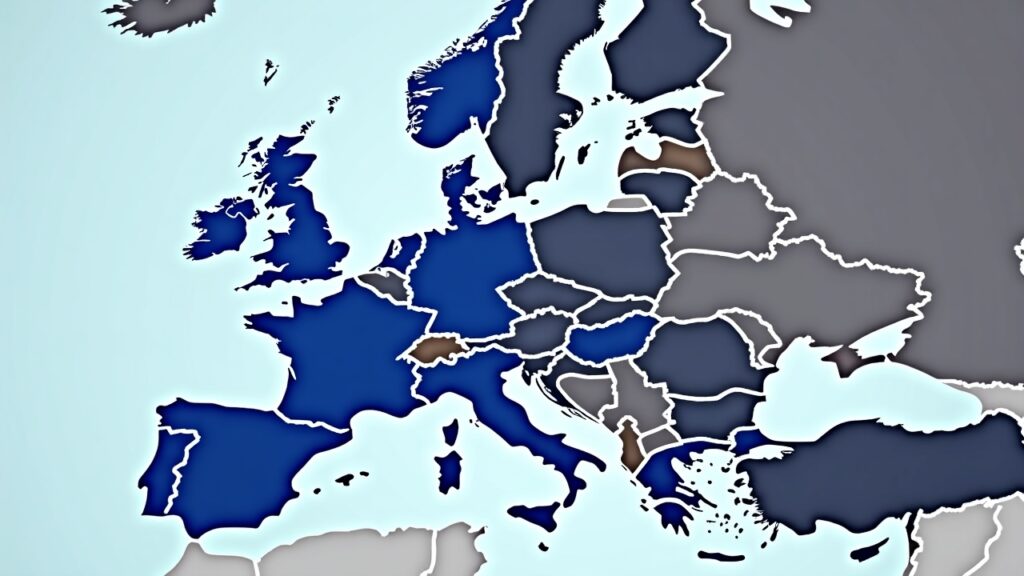The European Union’s MiCA framework only covers digital assets that are technically transferable between wallets, leaving tokens that block any change of holder outside the regime. This gap places issuers, trading venues, retail buyers and professional firms dealing with locked NFTs, non-transferable loyalty points or certain real-world asset tokens in a legal grey zone. The result is inconsistent national treatment, room for regulatory shopping and weaker, non-uniform investor safeguards compared to transferable crypto assets.
MiCA Article 3(1)(1) defines a “crypto-asset” as a digital record of value or rights that can be “transferred and stored electronically using DLT”. The word “transferred” acts as a gatekeeper: a token that cannot leave the issuer’s environment sits out of scope, placing such instruments beyond MiCA’s harmonised rules.
Examples include single-edition NFTs built without a transfer function, some wholesale CBDC prototypes and digital copies of instruments that are themselves non-transferable under national law, such as private equity quotas, limited partnership interests or revenue share agreements. The EU Blockchain Sandbox applies a “digital twin” test: if the token merely mirrors the underlying asset and adds no transfer feature, the asset keeps its original legal status; once the token gains the ability to move, it may fall under MiCA or MiFID II.
The practical outcome splits in two directions. Firms can draft smart contracts that lock transfers to escape licensing besides CASP obligations, creating uneven competitive conditions. The same instruments become subject to twenty-seven different national regimes, which fragments liquidity and complicates pan-European price discovery. Investors lose the disclosure, custody and conduct rules that MiCA guarantees for transferable tokens.
MiCA framework only covers digital assets that are technically transferable between wallets
The absence of a single rule set can shrink the pool of ready buyers for certain tokenized instruments and can deter large institutions from building tokenization programmes. Divergent national classifications make it harder to price similar instruments on a cross-border basis, undermining consistent valuation and market depth.
For traders and portfolio managers, the immediate result is higher legal and counterparty risk when strategies include locked tokens. The chance that competitors will issue equivalent products under lighter rules can distort spreads and thin the order book, amplifying regulatory arbitrage and weakening investor protection.
The Commission, ESMA or EBA continue to publish guidance and the technical debate is active; market participants expect a future MiCA revision (“MiCA 2.0”). Firms should track each clarification and test the regulatory status of any non-transferable token before they scale positions.

